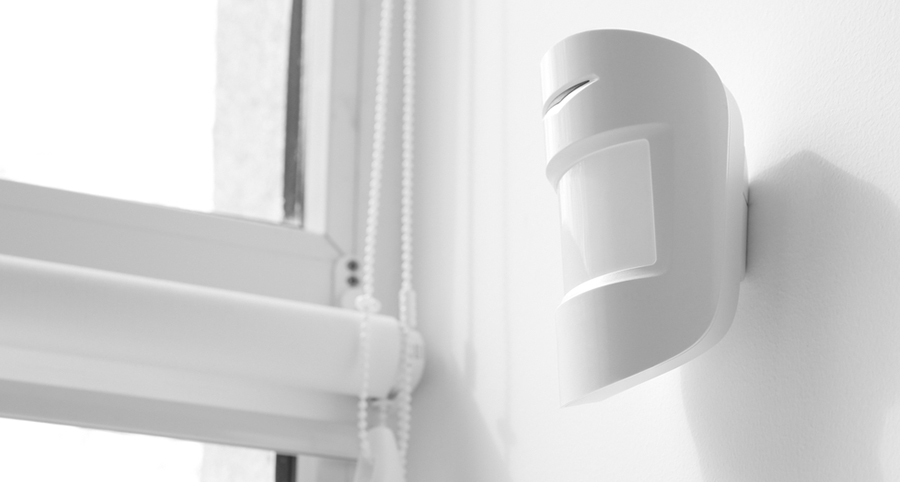
Find Out How Motion Sensors Work In Boston?
As a general rule, every motion detector will signal your alarm when it senses activity. However, the question still remains: How do they work? What is the technology behind them, and are they necessary? This simple explanation will respond to your questions and give you clarity on why these devices are such a vital aspect of your home’s defense.
How Are Boston Motion Sensors Used?
You can normally expect an in-home motion detector to provide coverage for a space within six to 70 feet in distance. If required, you are able to find options that will increase your coverage to a greater extent. These components are often incorporated into other elements like outside flood lights. Whenever they notice a disturbance, they prompt your lights and illuminate your property.
Along with lighting, you’ll also discover motion sensors in surveillance systems like the ADT outdoor security camera. This versatile component can be customized to deliver notifications and even a video clip to your smartphone when activity is sensed.
Active Motion Sensors
Active sensors, as the name suggests, continuously send out a type of wave or signal and then record the response time. Whenever there is a fluctuation in the response time, motion is indicated and your command center is notified. Microwave sensors are the most widespread form of active device. You might even find ultrasonic sensors that employ sound waves and reflective sensors that assess the bounce-back rate of infrared light.
Passive Infrared Motion Sensors
One of the other most ubiquitous kinds of motion detection devices in Boston is the passive infrared (PIR) motion sensor. Dissimilar to active types, they don’t continually discharge a signal. Alternatively, they are able to detect temperature fluctuations within a designated area. A rapid heat increase, like an individual walking across a room, will trip the PIR sensor.
If comparing to active kinds, PIR options use not as much power, are more straightforward to operate, and are more cost-effective. As an added advantage, you can adjust the levels of sensitivity for most installations. For instance, the pet-friendly ADP motion sensor is able to be customized to disregard furry occupants weighing under 60 pounds.
Some Other Sorts Of Motion Sensors
You should be aware that you can find more than active and passive detectors. You’ll even discover some types that employ multiple sensing technologies. Known as dual, combined, or hybrid sensors, these components help cut down on false alarms as both styles of sensors have to be triggered for your alarm to activate. You might even encounter vibration detection equipment and tomographic motion detectors that are typically employed in larger commercial areas.
Request Your Security Package With Motion Sensors in Boston
Knowing that you have an enhanced understanding of how motion sensors work in Boston, it’s the right time to request your own security system with these important components. If you get them within a package, you’ll gain comfort knowing they function skillfully with your additional devices. Contact Secure24 Alarm Systems today and allow our experts to help you find the best system for your home. Call (617) 430-5865 or complete the form on this page to get started.
